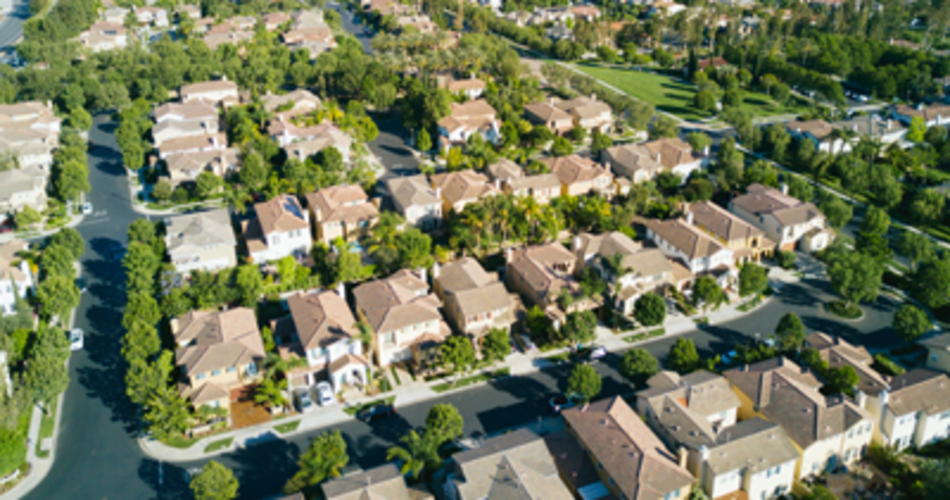
 A lot has been going on with the proposals for LTE Operation in Unlicensed Spectrum . The FCC recently requested industry input on LTE-U (LTE Unlicensed) and LAA (LTE Licensed-Assisted Access), 3GPP’s formal action to move both the LAA and LWA (LTE/WLAN Aggregation) programs forward, and the announcement of a standalone (fully unlicensed) version of the technology are just a couple of goings on.
For some useful background, some of our previous posts detail these worlds colliding, Digging deeper into how it all works and the public love affair between LTE and WiFi.
FCC Requests Public Notice for Comments
On May 5th, the FCC Office of Engineering and Technology and Wireless Telecommunications Bureau opened a Public Notice (PN 15-105) requesting input from interested parties on the topics of LTE-U and LAA technology.Initial filings were due by June 11th, and reply comments by June 26th.
A total of 57 filings were made under this PN and the FCC definitely got a variety of wide ranging input. Ruckus provided our input in this filing.
This PN was expected, as Chairman Tom Wheeler had committed to it in the remarks he made after the commission issued its recent order on the 3.5 GHz Band (the commission received so much input on LTE-U and LAA during the 3.5 GHz proceedings that they decided to have a separate PN dedicated to the topic).
In the PN, the FCC made the same distinction Ruckus has been using by classifying LTE-U as a non-standard, pre-standard technology and using LAA to describe the technology development program within 3GPP. It posed 10 specific questions about these proposals, which can be summarized into the following categories:
A lot has been going on with the proposals for LTE Operation in Unlicensed Spectrum . The FCC recently requested industry input on LTE-U (LTE Unlicensed) and LAA (LTE Licensed-Assisted Access), 3GPP’s formal action to move both the LAA and LWA (LTE/WLAN Aggregation) programs forward, and the announcement of a standalone (fully unlicensed) version of the technology are just a couple of goings on.
For some useful background, some of our previous posts detail these worlds colliding, Digging deeper into how it all works and the public love affair between LTE and WiFi.
FCC Requests Public Notice for Comments
On May 5th, the FCC Office of Engineering and Technology and Wireless Telecommunications Bureau opened a Public Notice (PN 15-105) requesting input from interested parties on the topics of LTE-U and LAA technology.Initial filings were due by June 11th, and reply comments by June 26th.
A total of 57 filings were made under this PN and the FCC definitely got a variety of wide ranging input. Ruckus provided our input in this filing.
This PN was expected, as Chairman Tom Wheeler had committed to it in the remarks he made after the commission issued its recent order on the 3.5 GHz Band (the commission received so much input on LTE-U and LAA during the 3.5 GHz proceedings that they decided to have a separate PN dedicated to the topic).
In the PN, the FCC made the same distinction Ruckus has been using by classifying LTE-U as a non-standard, pre-standard technology and using LAA to describe the technology development program within 3GPP. It posed 10 specific questions about these proposals, which can be summarized into the following categories:
- Distinctions between LTE-U and LAA
- Timelines for development and deployment
- Coexistence with WiFi
- Coordination of LAA development between 3GPP and IEEE 802
- Support for a standalone (unlicensed only) version
- 3GPP considered all of the LAA simulation and testing results that had been generated during the Study Item (SI) period, and advanced LAA to the status of a Work Item (WI) for Release 13 (expected to be finalized in the March 2016 timeframe). The WI specifies a single global framework operating in 5 GHz, that the Rel13 version will be Supplemental DownLink (SDL) only, and that a standalone mode will not be supported. LAA Work Item
- 3GPP also approved LWA as a formal WI for Release 13. Unlike LAA, the LWA program was initiated as a WI, so there were no study results to consider. The WI did not specify SDL operation, so presumably LWA could support both downlink and uplink LTE data augmentation. LWA Work Item
- 3GPP declined a request by IEEE 802 for both organizations to jointly co-host a workshop on LAA/Wi-Fi coexistence coincident with IEEE’s meeting this month. Instead, 3GPP announced that it will host an LAA workshop in late August open to interested industry organizations. The announcement was sent to IEEE 802, WFA, WBA, GSMA, ETSI, FCC, OfCom, and CCSA. The stated goal of this workshop is “to exchange views and information on LAA”. The WFA and NCTA both noted in their reply comments to the FCC PN, that the wording of this workshop announcement, and the minutes from the Malmö discussion, indicate that the interactions at this workshop will not constitute the “coordination and agreement” that the Commission enquired about.







